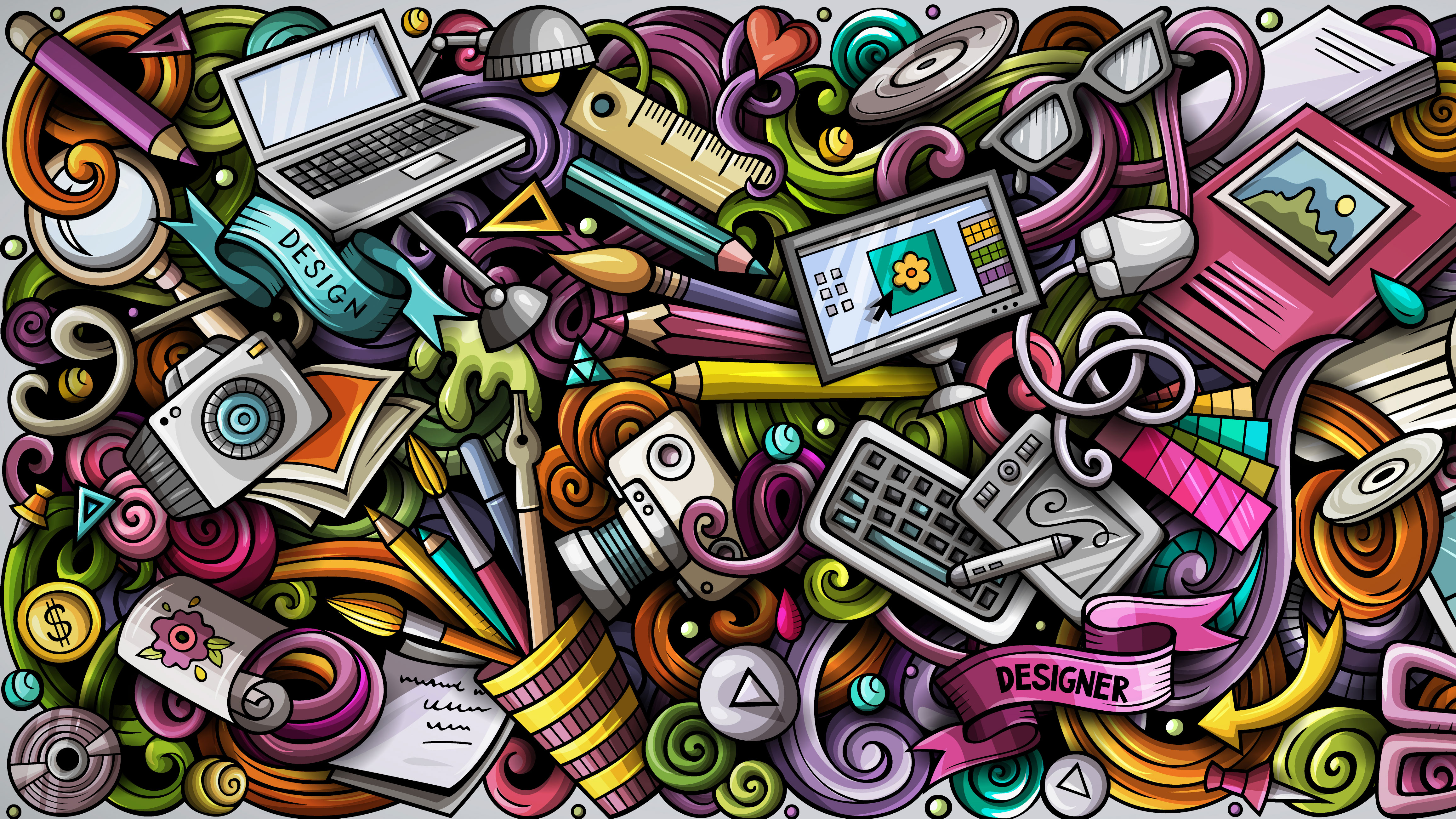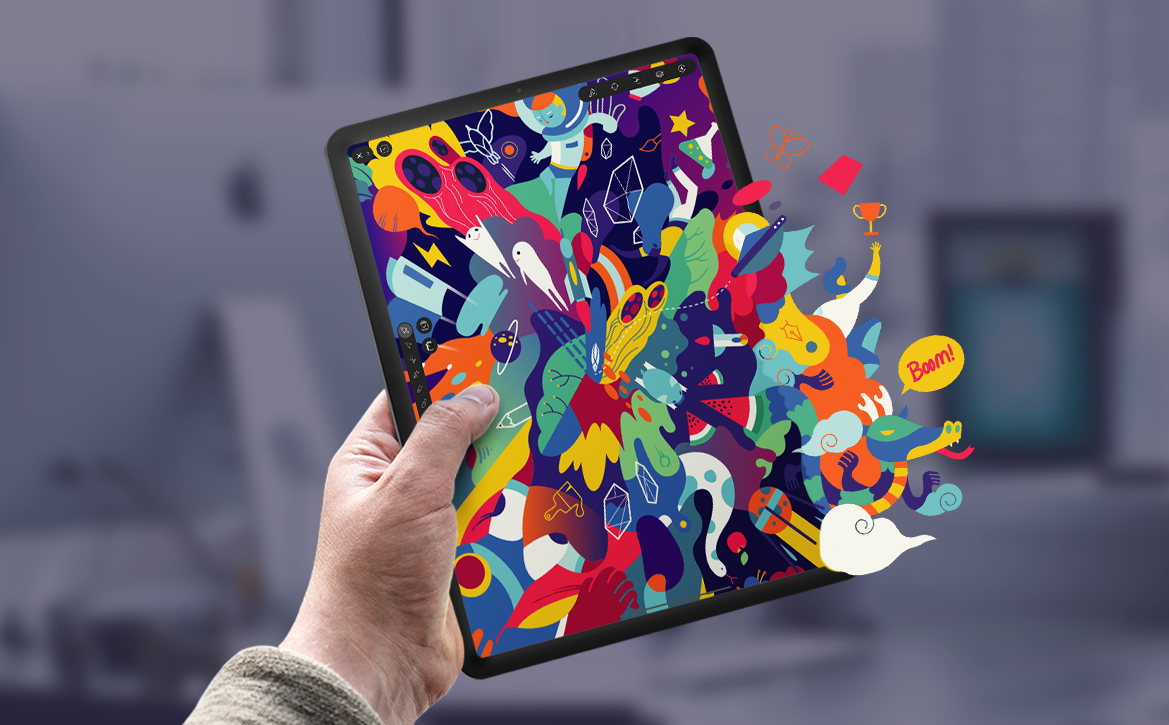Portfolio for Graphic Design Examples
Portfolio for Graphic Design Examples – Portfolios are critical to every graphic designer’s toolkit. They showcase your skill set, show clients what you can deliver, and prove to future employers that you’re a capable professional. When building a portfolio, knowing what’s expected of you is important. This includes understanding how to present your work and what you should have in your portfolio.
It can also be tempting only to showcase the best projects you’ve worked on. But I recommend including more generic projects or ones that don’t even look like you. That way, you demonstrate your ability to execute multiple styles and deliverables. Graphic designers are often sought after by businesses. But, as you know, becoming a graphic designer takes a lot of hard work and dedication.

This is why it’s important to have a portfolio online. It’s a quick way to show off your designs to potential clients while simultaneously building credibility and showing that you are a professional.
So, what’s the best way to build your portfolio? It depends on what you’re trying to achieve. A portfolio website may not be the best choice if you want a full-time graphic design job.
You can build a website if you’re looking to land a freelance gig or make money online as a graphic designer. This is where you can showcase your designs and share tutorials about them.
Regardless of your goal, you must ensure that you provide high-quality content. A website should showcase your best work, not everything you’ve ever done.
A portfolio allows designers to show their work to potential clients. It gives potential clients a glimpse into the designer’s experience and skills, which can help them choose the right person for the job.
A portfolio is an important part of any graphic design career. It helps potential clients decide whether or not to hire you and allows you to showcase your work.
Whether you’re brand new to Design or a seasoned professional, a good portfolio should be a powerful tool in your arsenal.
And if you’re looking to build a successful design career, a portfolio is an essential part of the puzzle.
In this post, I’ll show you how to create a portfolio to help you stand out.
Examples of Portfolios
The most important thing to do first is to get yourselfgetential employers. This is where an online portfolio can be a huge asset.
Once you’ve established yourself as an expert in your field, then yoyou can lookeelance gigs or even start your own online business.
As I mentioned earlier, many freelance jobs exist for graphic designers. But you need to make sure you’re offering good quality work.
I’ve always been fascinated by portfolios and what they can tell us about the people behind them. I’m sure I’ll make this a series of posts on building a portfolio.
So, let’s talk about how to build a portfolio. A portfolio is a collection of work that you’ve done. This can be a simple image gallery, but it can also include examples of your writing, videos, art, etc.
The goal of a portfolio is to show potential employers that you have the skills they’re looking for. A good portfolio will include samples of your work in each medium.
In addition to these samples, you should include your contact information, any additional details that would be helpful to a prospective employer, and any relevant links.
To get started, you’ll need a place to store your work. I use Dropbox. It’s free and allows you to share folders with other users. You can also access your files from anywhere, so you don’t have to have a computer.

What is a portfolio?
You can start by creating a basic portfolio site on your domain name. Then, you can use tools like Squarespace or Weebly to build a professional-looking portfolio.
These sites can make seeing your design work easy for prospective clients. But if you have a website already up and running, you can use it to show off your skills.
Undoubtedly, graphic design portfolios are the perfect way to land jobs. The only question is: where do you start?
A portfolio is a collection of your work that shows your skill set and experience. It can include samples of your work, examples of your previous projects, and the type of work you want to do in the future.
Your portfolio is a collection of work showing your skill set and experience. It can include samples of your work, examples of your previous projects, and the type of work you want to do in the future.
The best way to create a successful graphic design portfolio is to start early. The more experience you have under your belt, the better.
How to create a portfolio
A portfolio is a collection of your work. It is a visual record of everything you have ever done or can do. This is the best place to start your career. It’s a way to demonstrate your skills, and potential clients can see exactly what you are capable of.
Graphic design portfolios are a great way to show off your skills, so I would use some of my favorite websites for inspiration.
I love how some designers can showcase their work in such an interactive way. So check out these awesome portfolio websites and see if there’s something you like!
Regarding portfolio websites, there are a few things you want to look for. The first is how easy it is to upload your portfolio.
The second is how easy it is to navigate through the website. The third is how well the site is designed. And the last is how responsive the website is.
I prefer portfolio websites with a nice visual layout, easy navigation, and are well-designed. I know that doesn’t seem like much to ask, but if you invest your time into building a portfolio website, you will want to make sure it stands out.
How to get started
Graphic Design is a very lucrative profession. There are many ways to get involved with graphic design, but one of the most popular is freelance graphic Design.
There are many websites where you can find clients and offer your services. Some of them are more reputable than others. But regardless of which one you choose, you need to ensure you’re ready to succeed.
The most important thing you can do is start with a portfolio. This will show potential clients you’re the best fit for the job. It’s also important to have a list of references. These can be your friends or family members.
Graphic Design is a great way to earn money online. It can be fun, creative, and rewarding. You can start freelancing for clients in various niches if you know it.
It’s not always easy, though. You’ll need to market yourself well and stand out from the crowd. In this case, building a portfolio showcasing your work is important. Start by showcasing your work on websites like Behance, Dribble, or Behance. You can also post examples of your work on Instagram, Facebook, Twitter, and other social media platforms.

Frequently Asked Questions (FAQs)
Q: Where can we find your portfolio?
A: My portfolio is on my site, www.melliswong.com. There are examples of my work there. You can contact me via email at mellis@melliswong.com.
Q: How did you create your portfolio?
A: I created my portfolio in Adobe Illustrator.
Q: What is the hardest part of your portfolio?
A: My portfolio has a lot of pieces of work. I like to show that I am versatile as a designer because I have worked in many areas.
Q: Do you have any tips for creating a portfolio?
A: My tip is to ensure your portfolio is attractive and professional. If you show good Design in your portfolio, your clients will likely hire you.
Q: How did you come up with your portfolio design?
A: I came up with this idea of a portfolio because I wanted something easy to create. I was tired of spending so much time making my site. I figured I would need to update it once or twice a year if I put it together.
Q: What are some examples of what you’ve created?
A: There’s an example of my logo in the top left-hand corner. I also have some illustrations, a few of which I have already mentioned. There are also some drawings I did for a magazine.
Q: What advice can you give students looking to enter graphic Design?
A: I think the best thing for someone who wants to get into graphic Design is not to be afraid to start. You don’t have to go to school to learn.
Myths About Graphic Design
I am a graphic designer, but I need portfolio examples that I can use on my websites.
My portfolio should be good-looking.
I am looking for something to look professional.
The portfolio should be kept short.
Portfolios are just for show, not real work.
Your portfolio should look good.
Only designers should use a portfolio.
You must have a portfolio to get hired at a job.
It would help if you never worked without a portfolio.
You need to be able to print your portfolio.
Conclusion
Creating a portfolio can be a very personal process. There are a few different aspects to consider when deciding what to put on your portfolio. These include:
First, you’ll want to determine what kind of portfolio you want to create. Many people tend to focus on creating portfolios for graphic design jobs. This makes sense because graphic Design is a highly competitive field.
Thousands of job titles can use inthe portfolio. But there are many other types of jobs out there. For example, if you want to become a copywriter, you’ll need a portfolio to show off your writing skills.
Or, if you want to work as a virtual assistant, you’ll need a portfolio to show off your customer service skills.
Regardless of the job you’re going for, you’ll want to determine what kind of portfolio you want to create. This includes:
We live in a world where technology has become a necessity. It’s where you can live your dreams by working from anywhere.
You can find a job you love, work with other people you enjoy, and still earn money. That is the reality of today’s world.
However, we’ve all heard horror stories about the lack of career stability and the struggle to pay the bills.
So what does that mean? It means that you need to be flexible. When your clients work on their projects, they may ask you to help them with a specific design task.
And remember, there’s no such thing as a “failure” when making money online—only progress.
A portfolio is an important part of your digital marketing strategy. It helps you show off the projects you’ve completed and your skills.
If you’re looking for a job, having a strong portfolio is a pretty good indication of how much you know.
Portfolios are also essential tools for showing off your creativity to potential clients.













